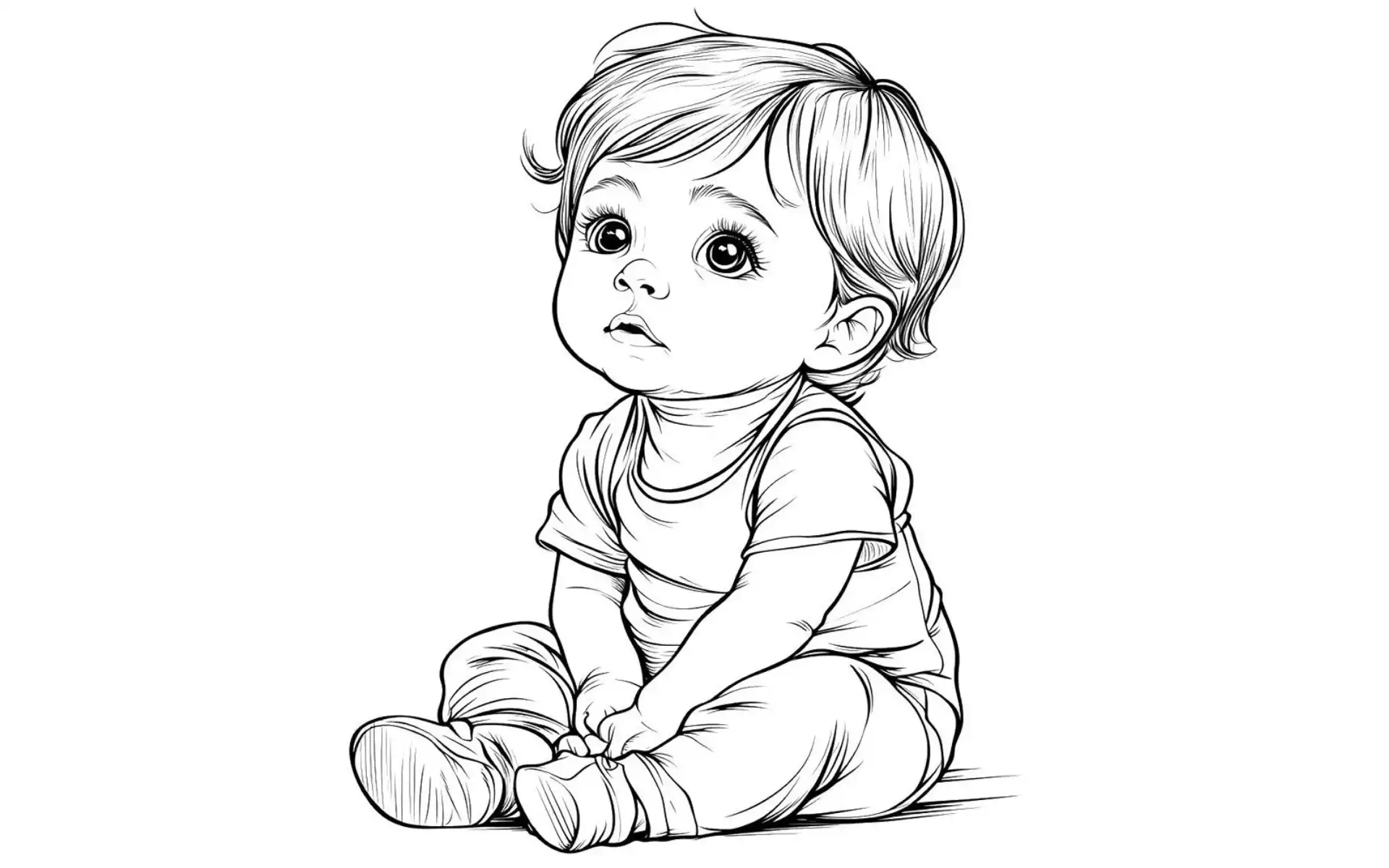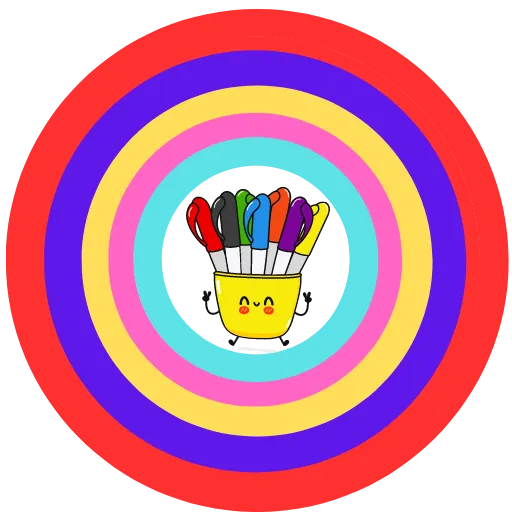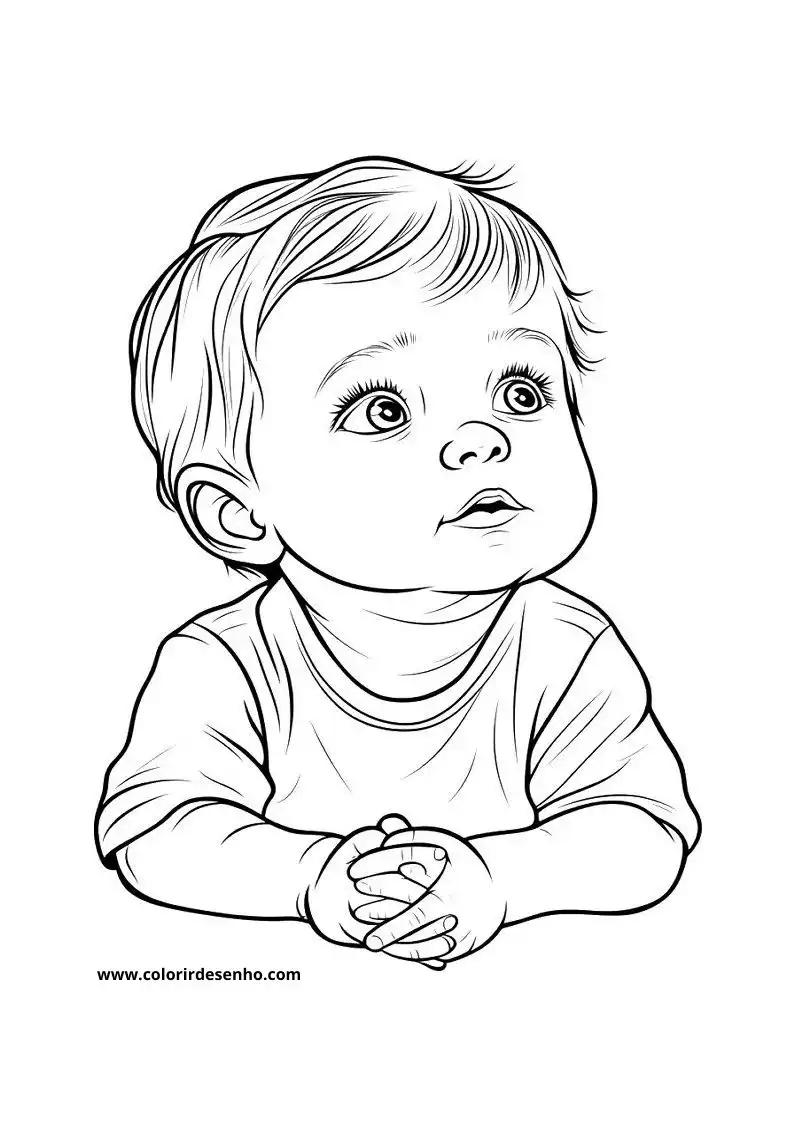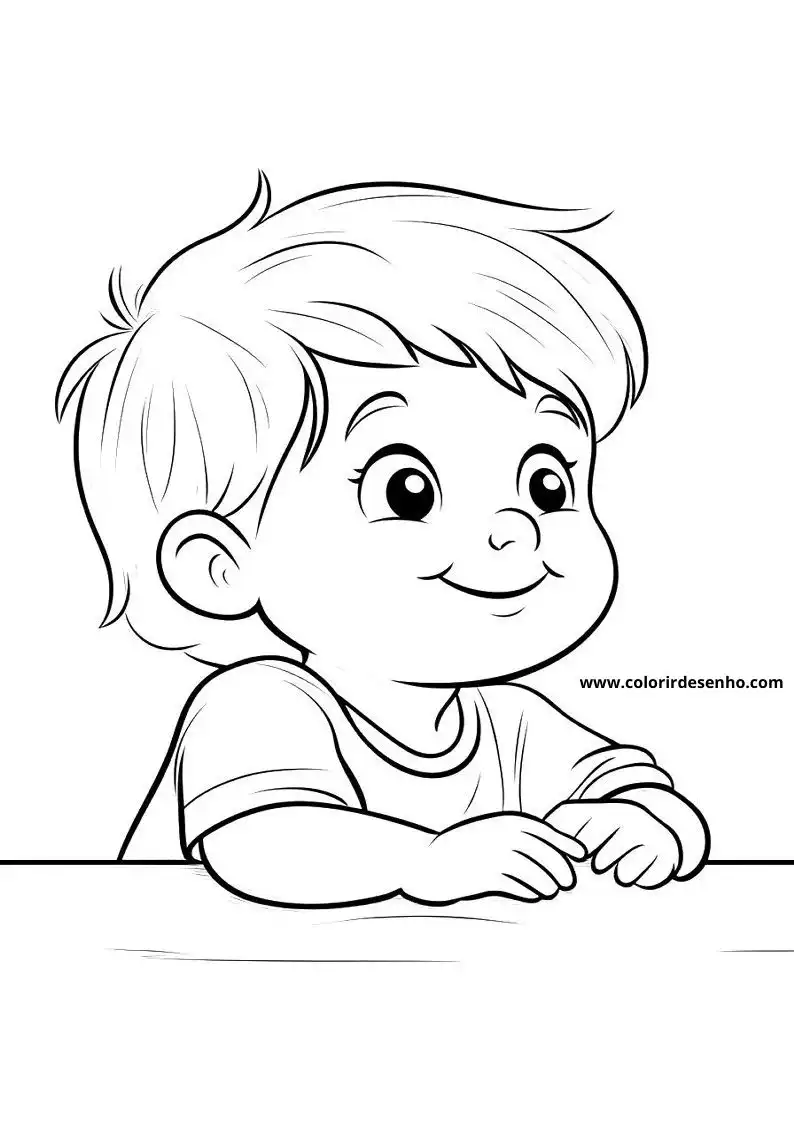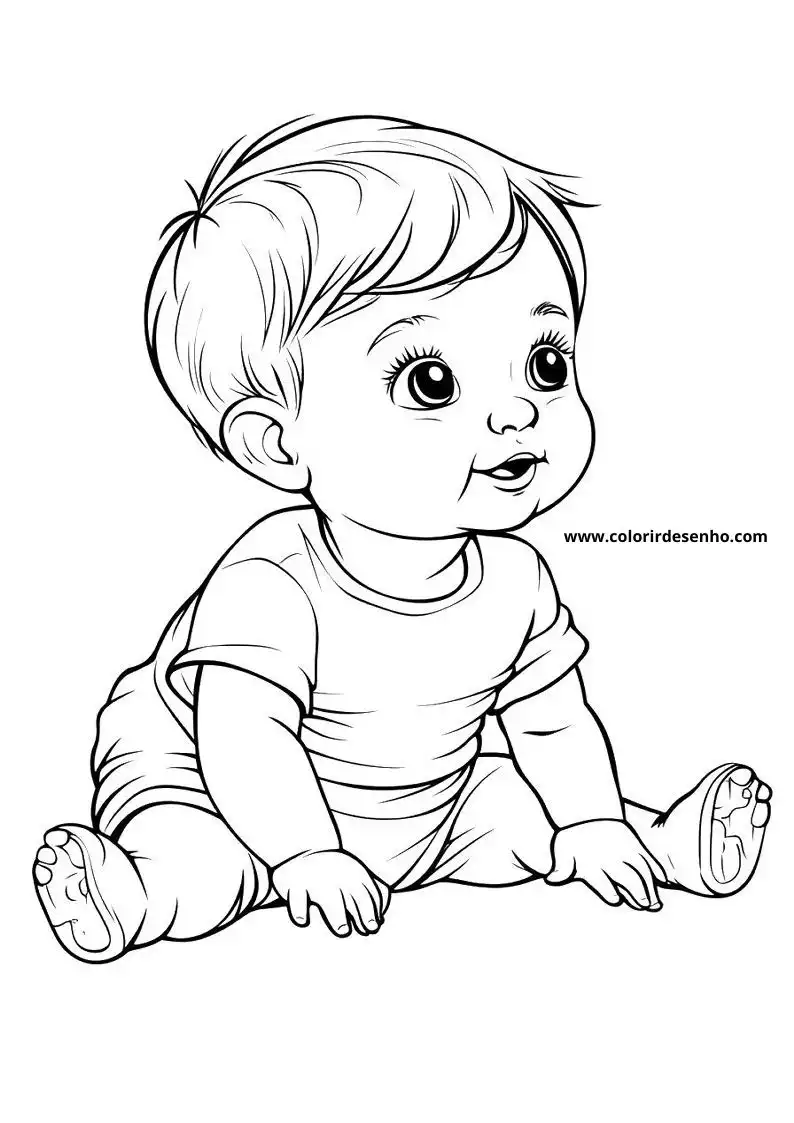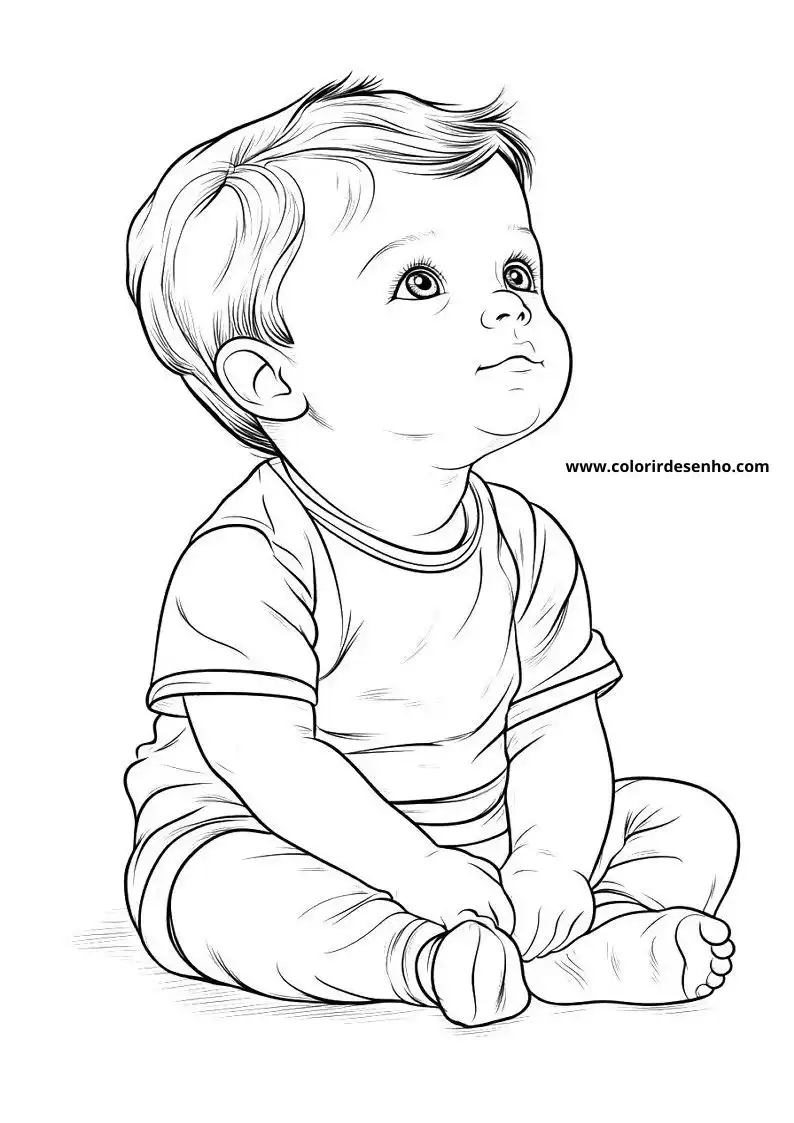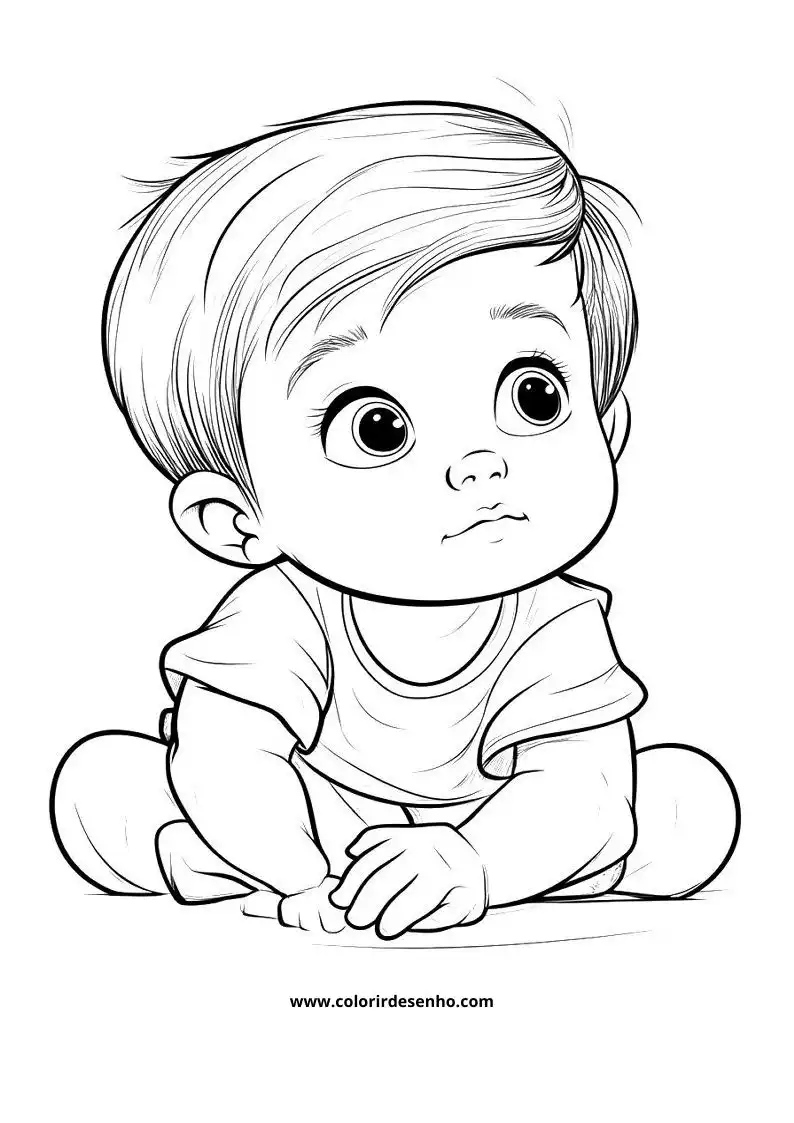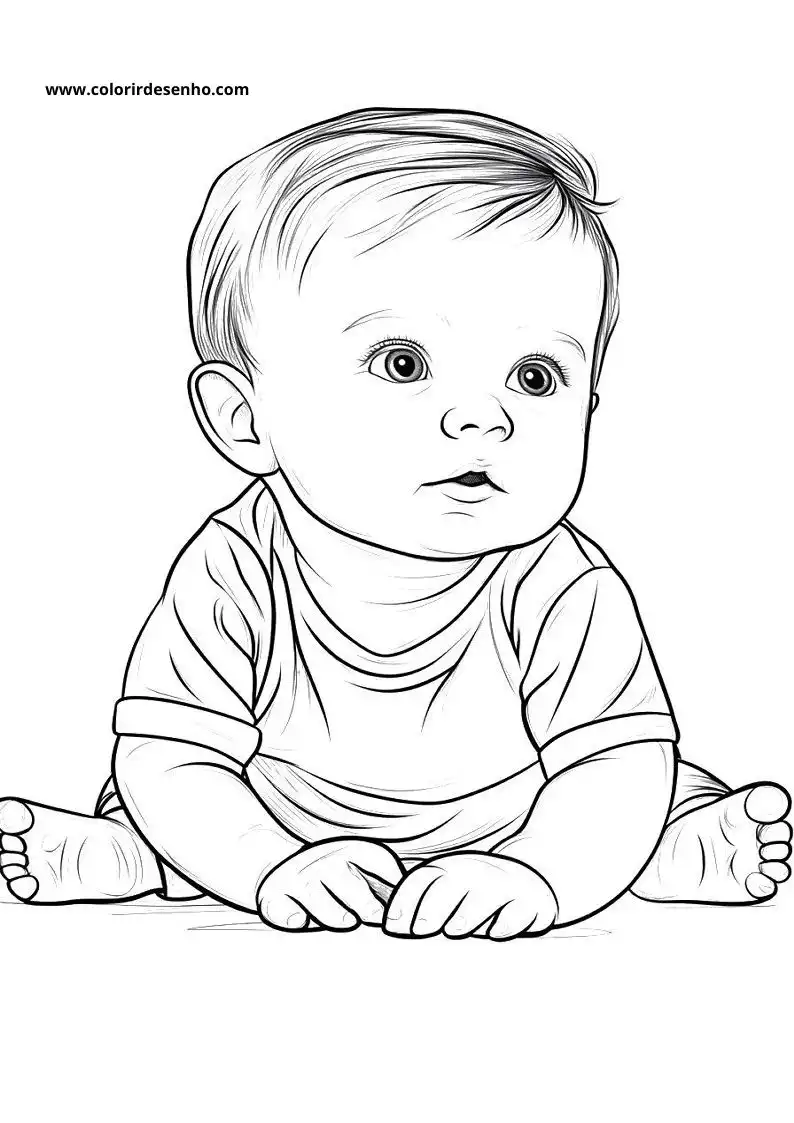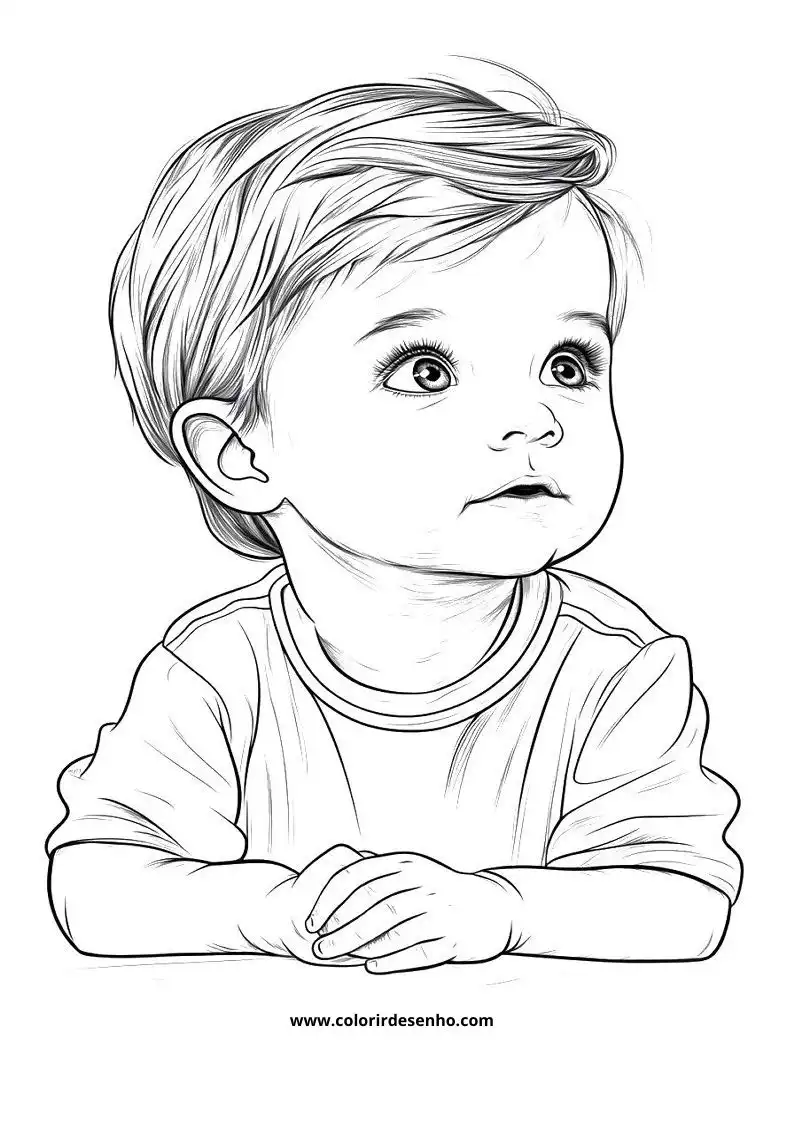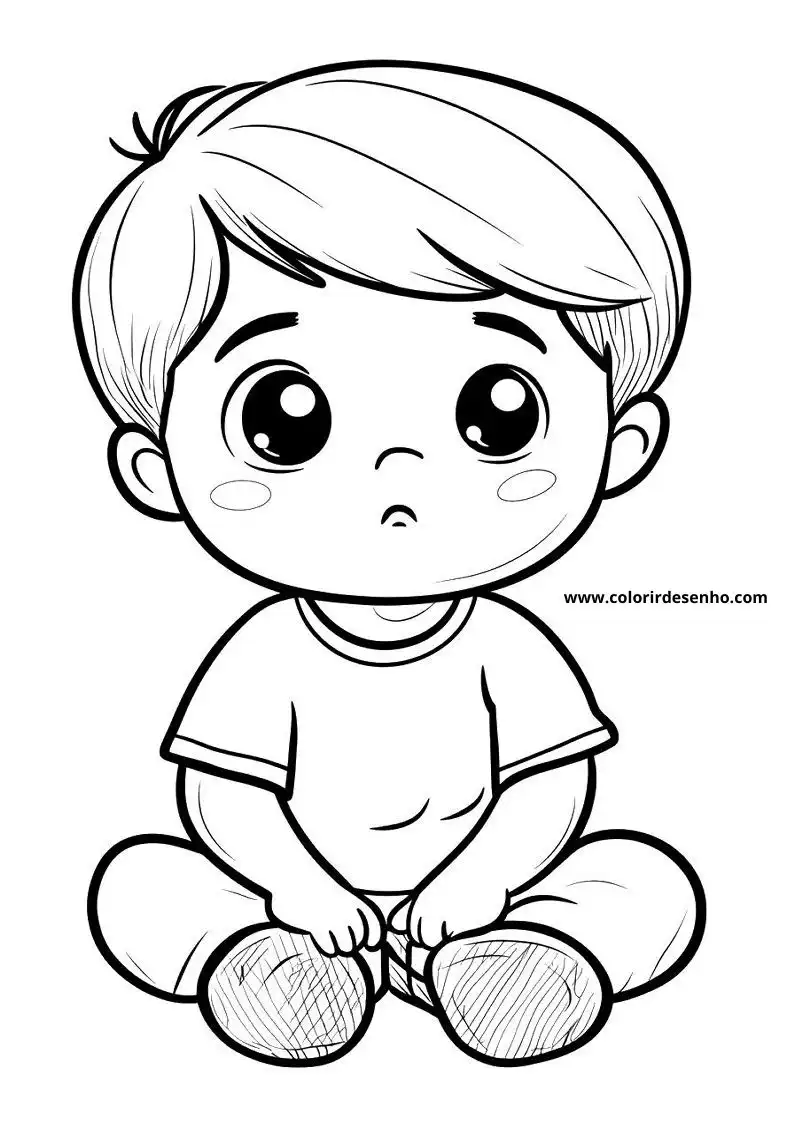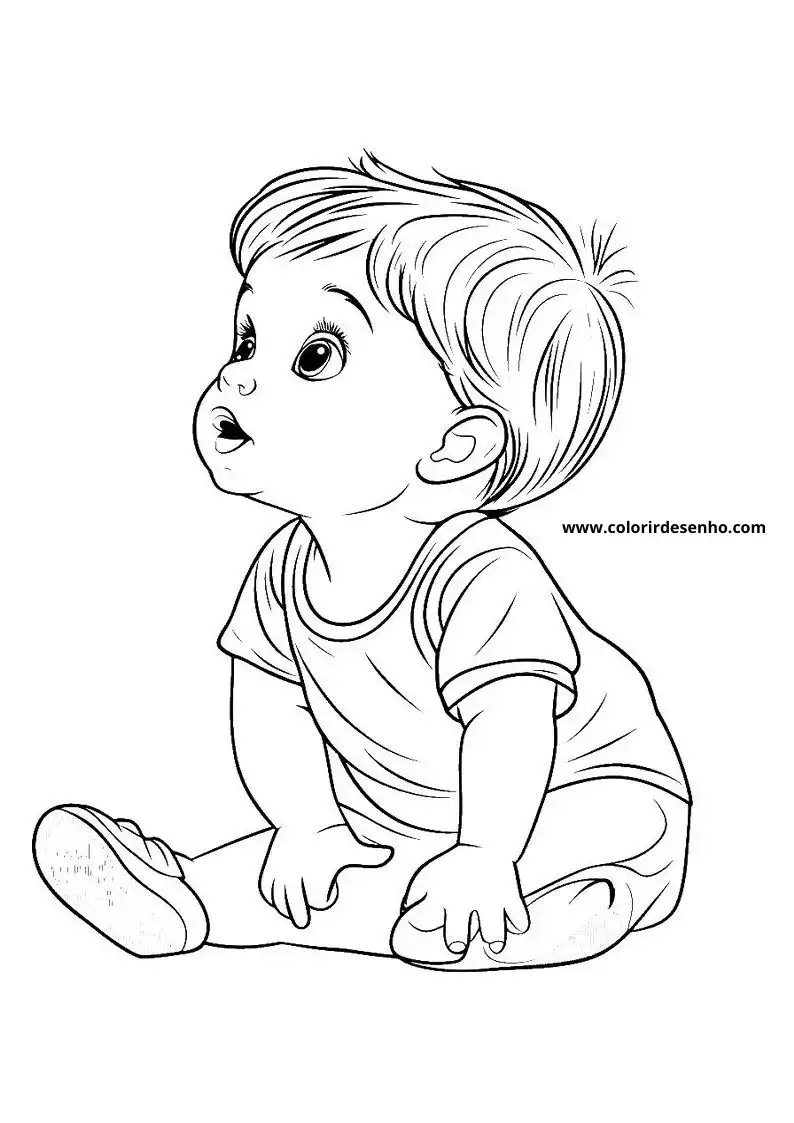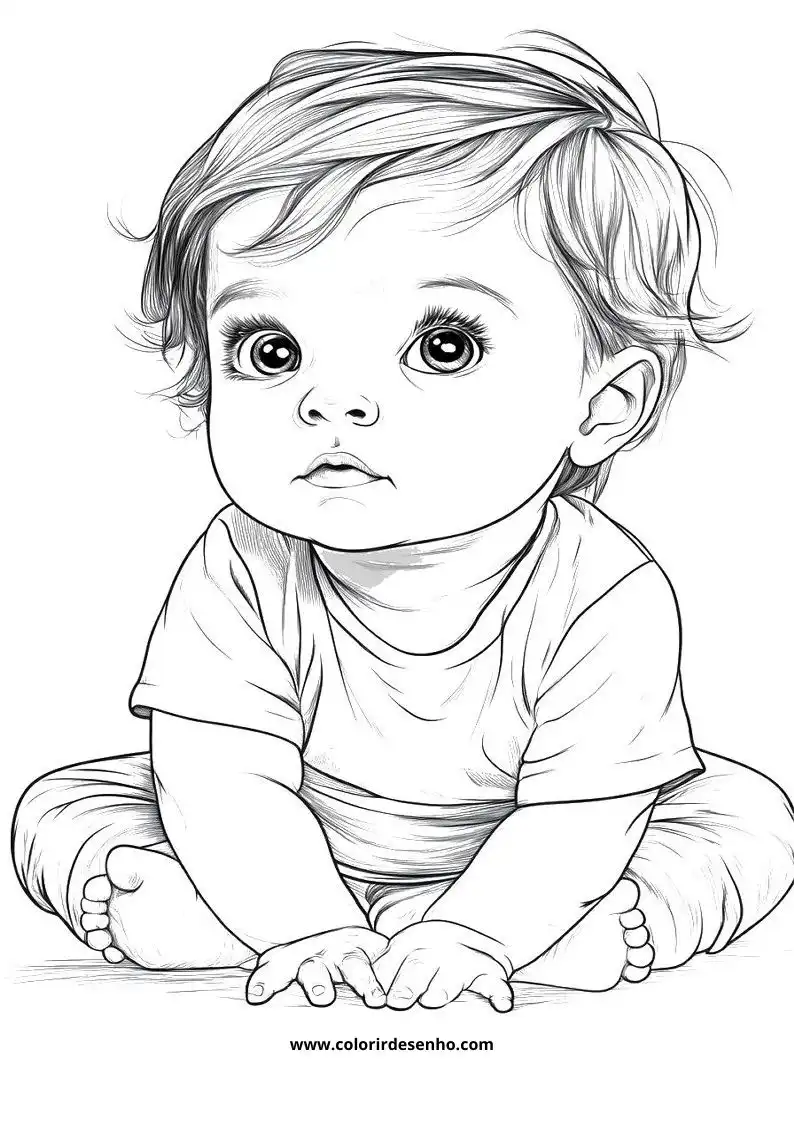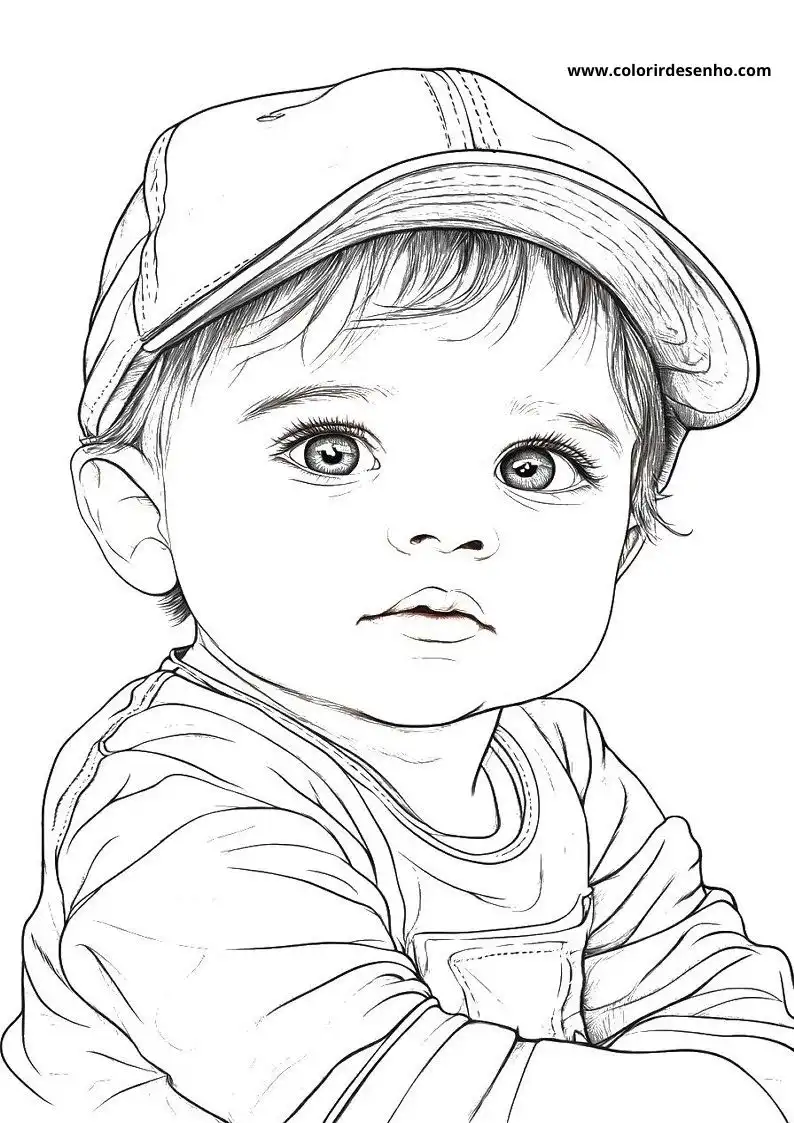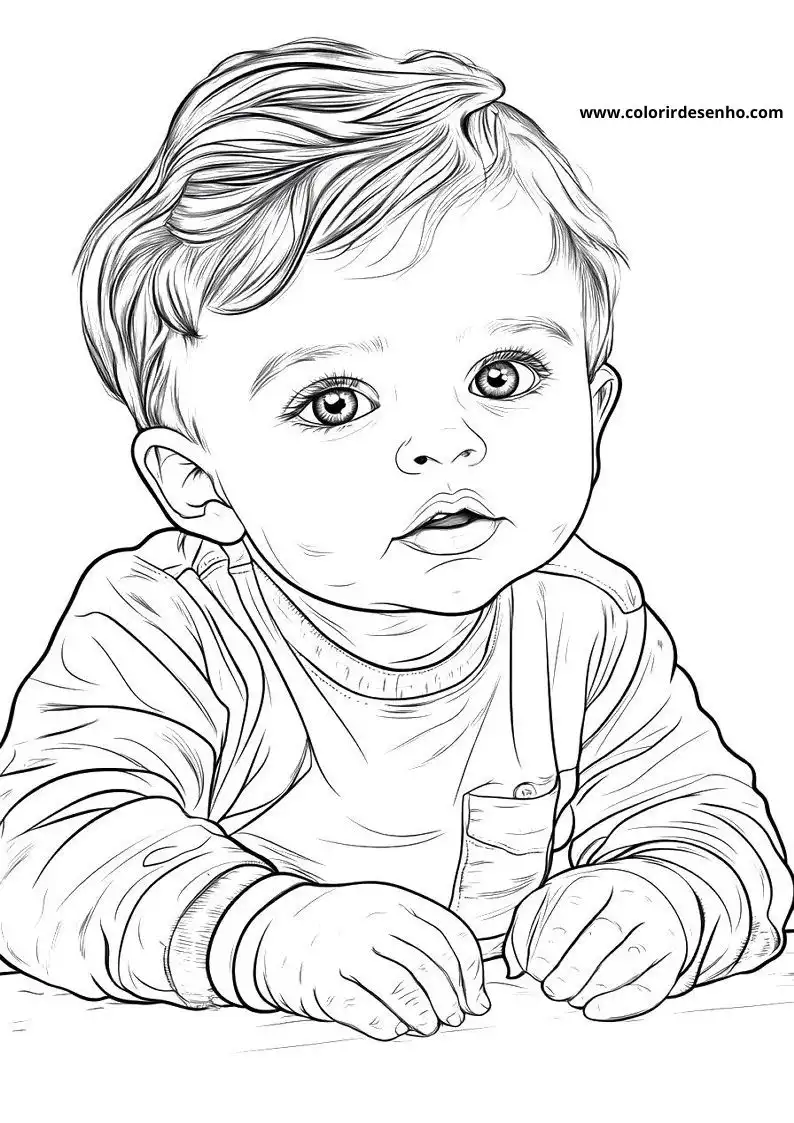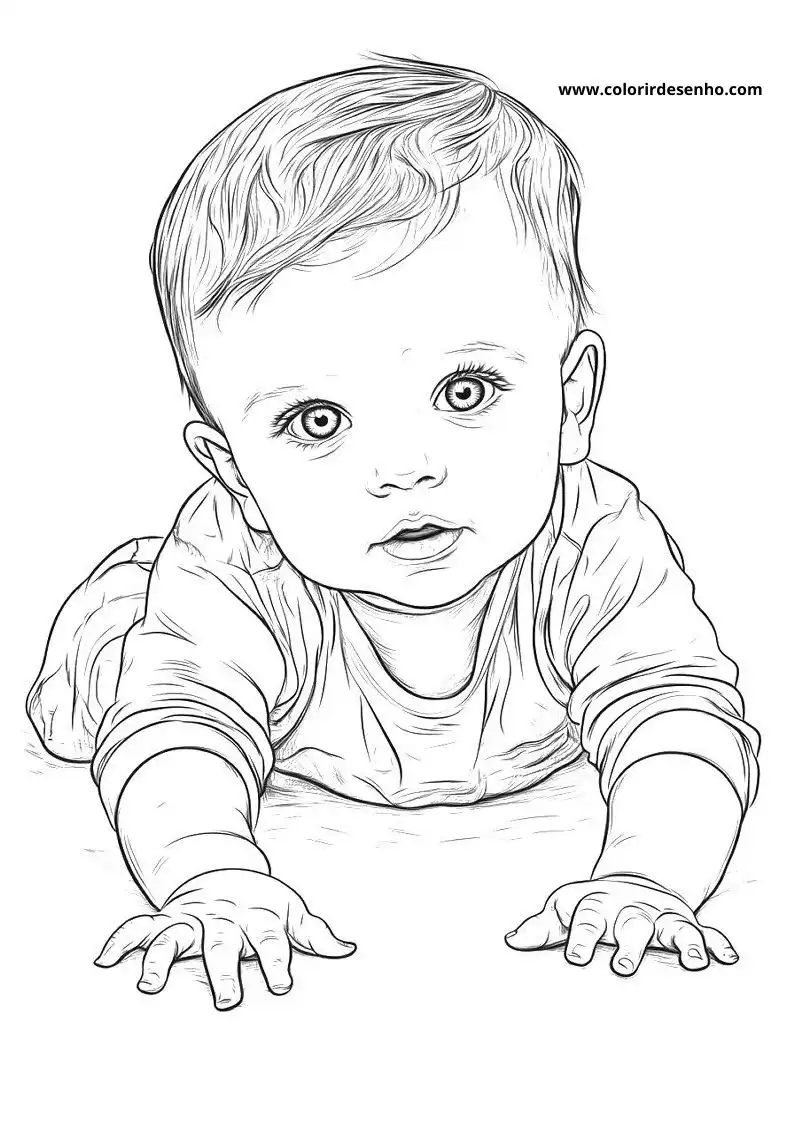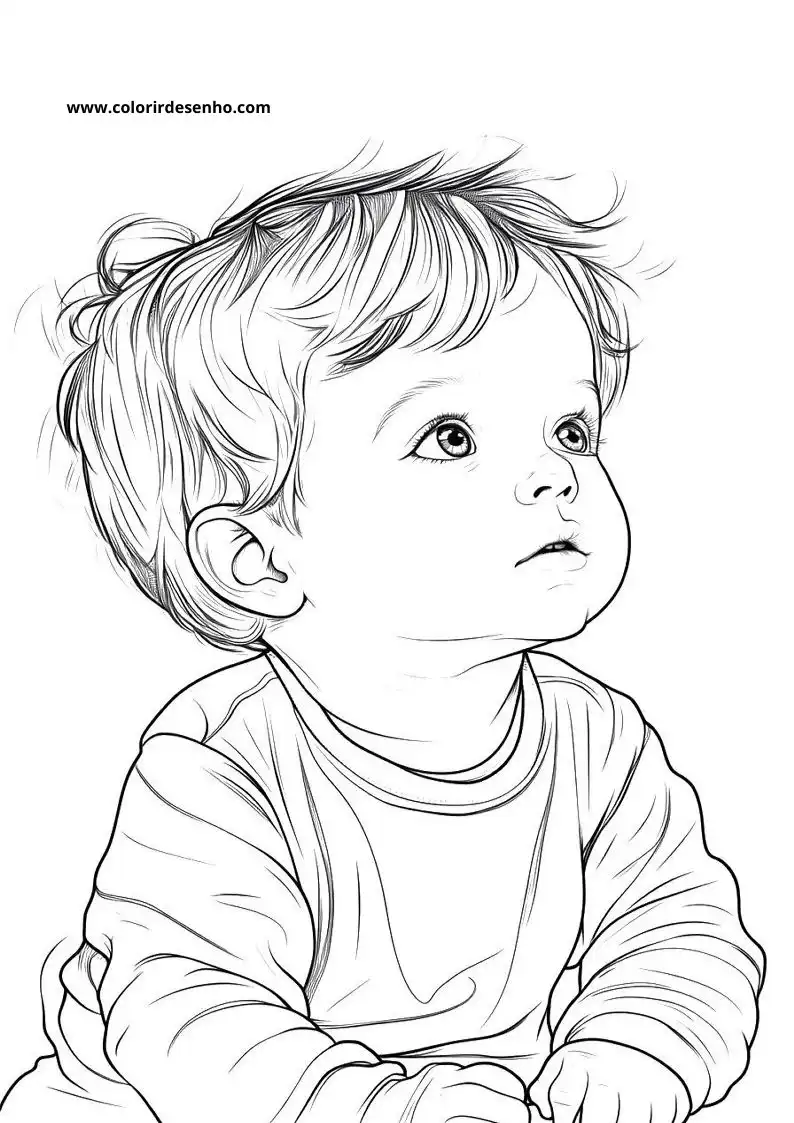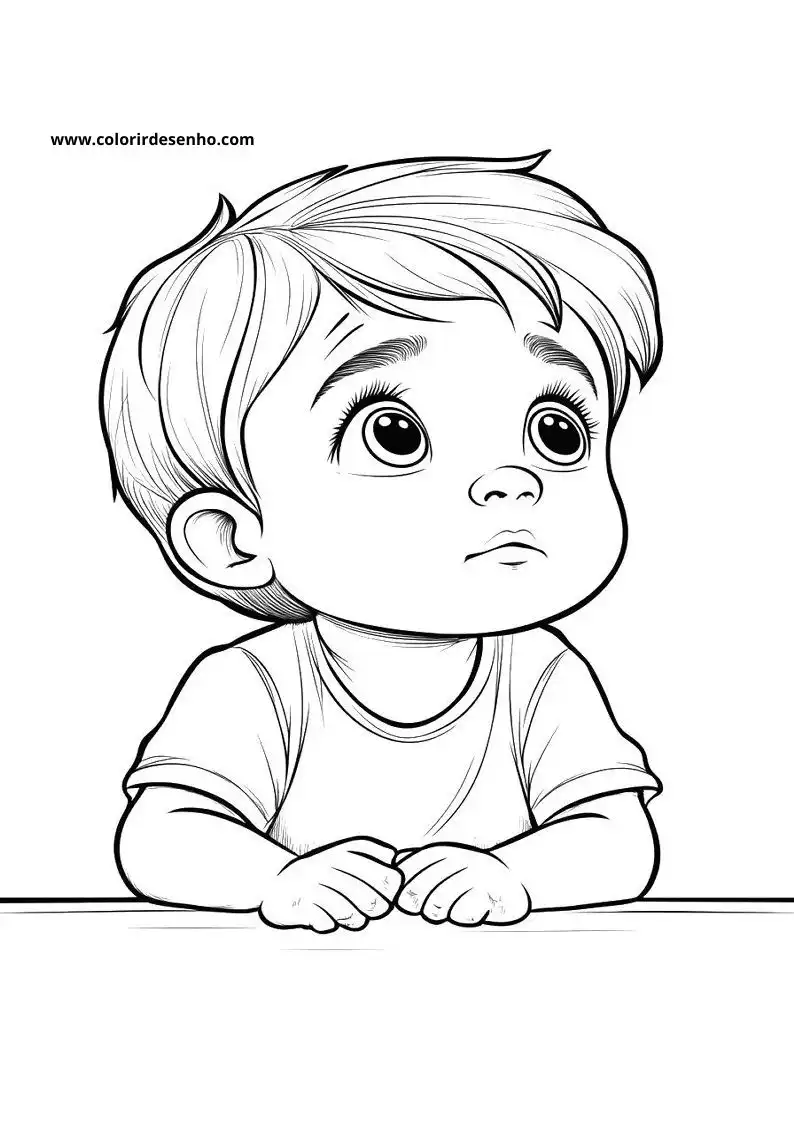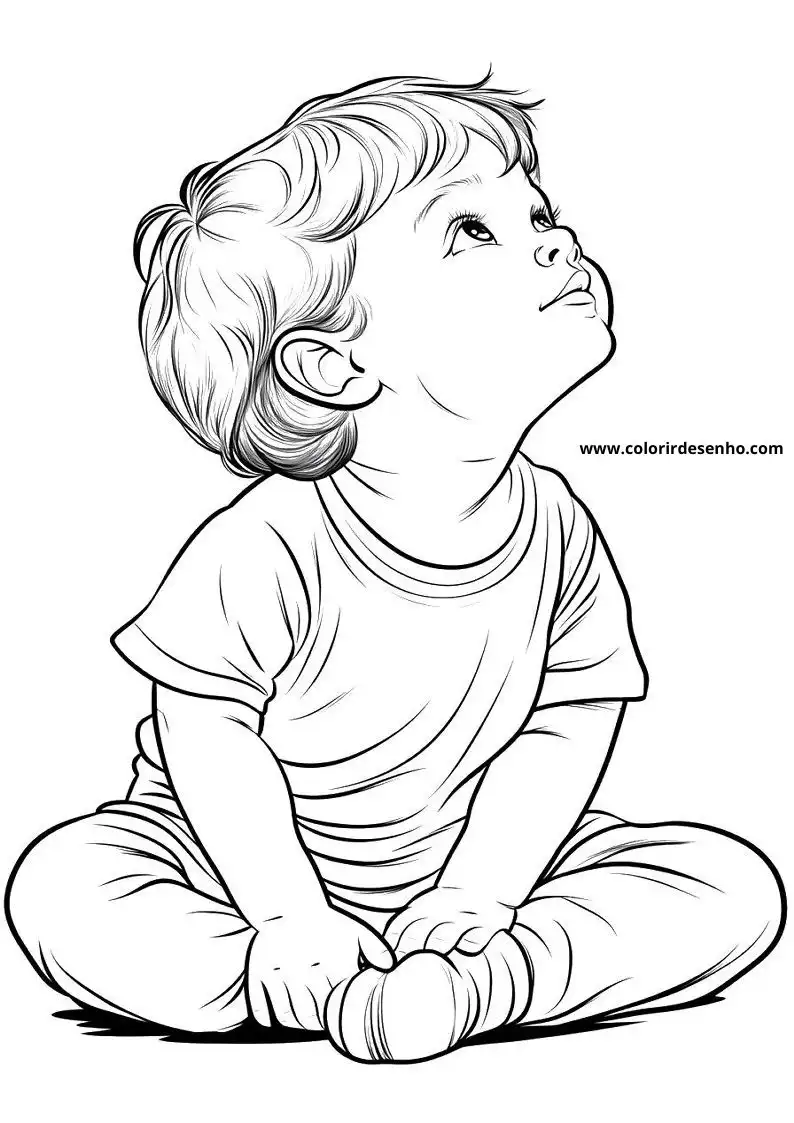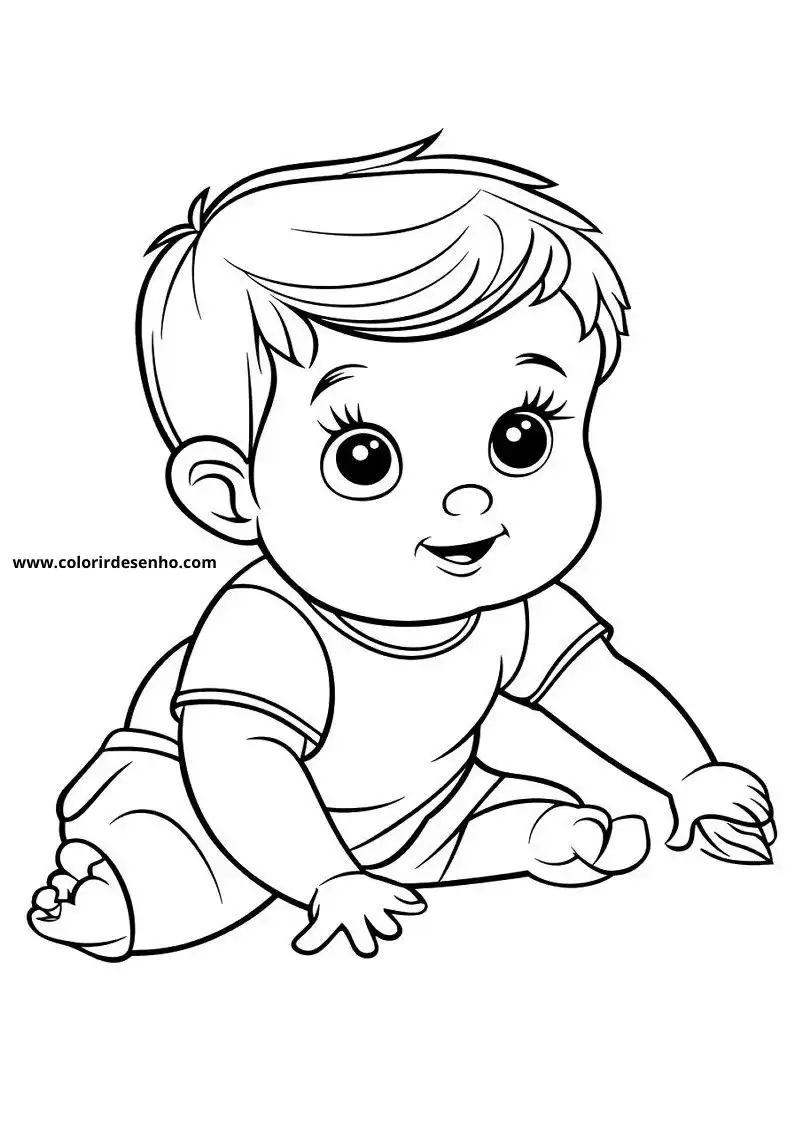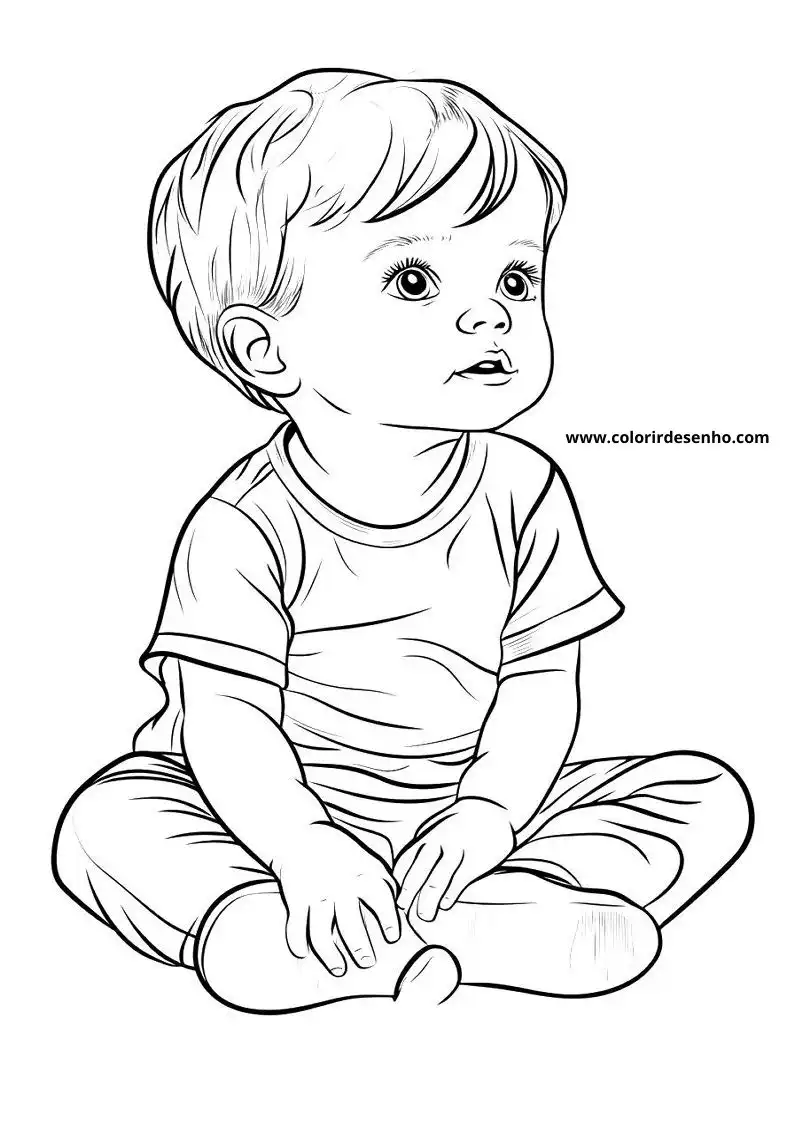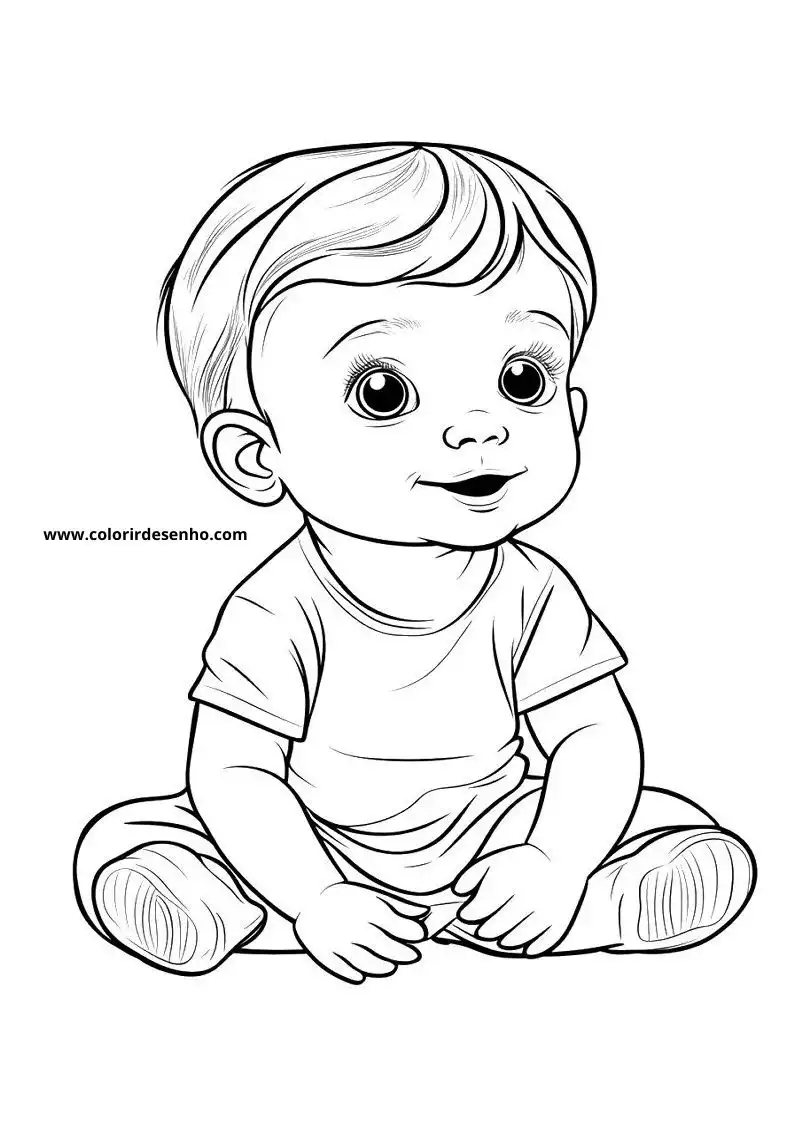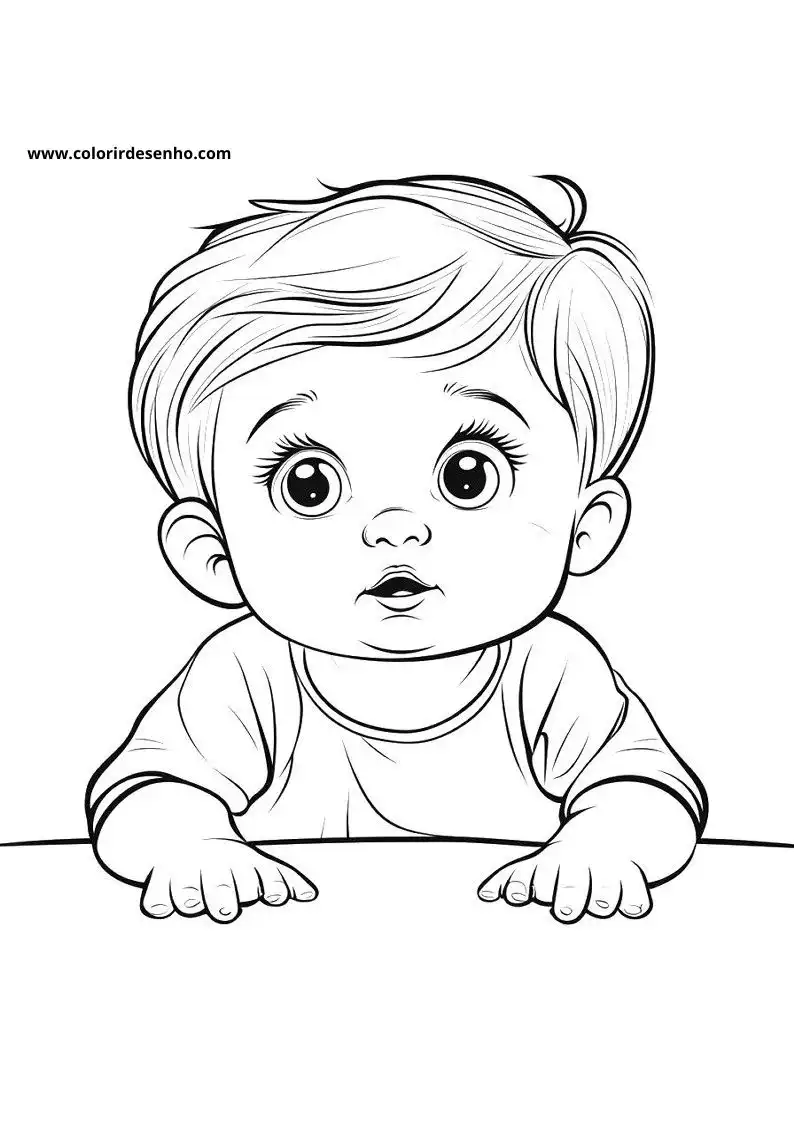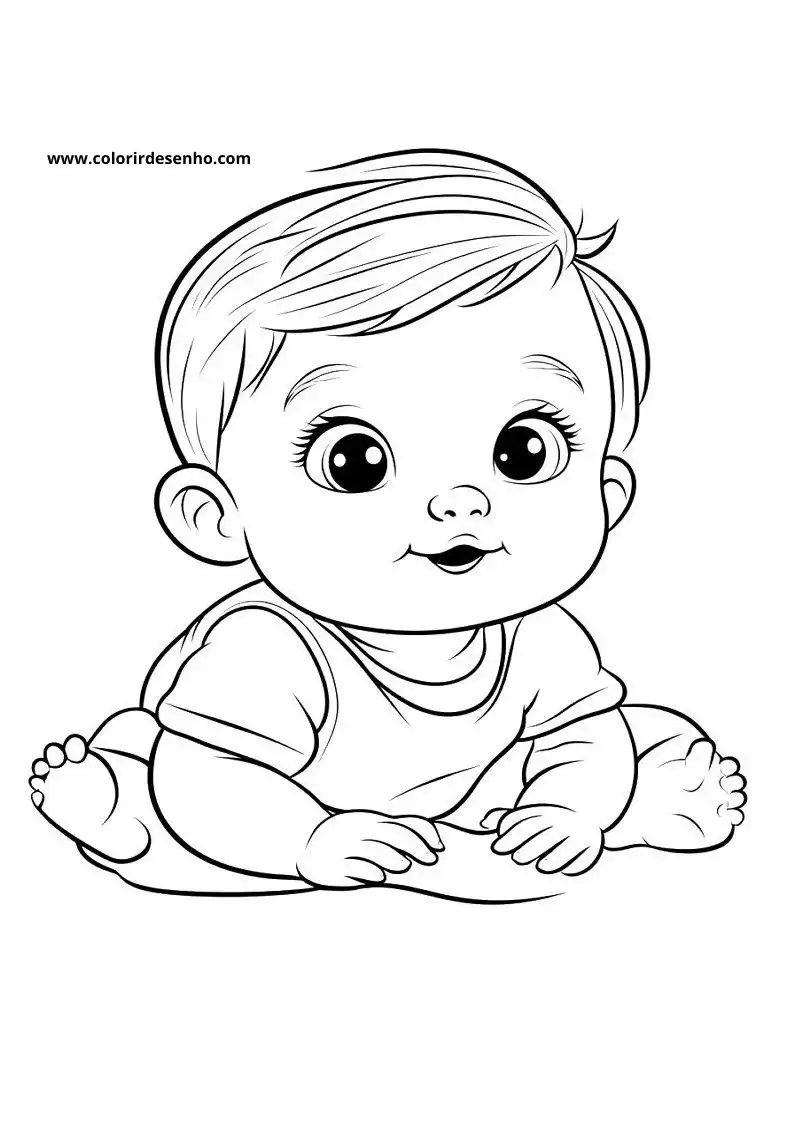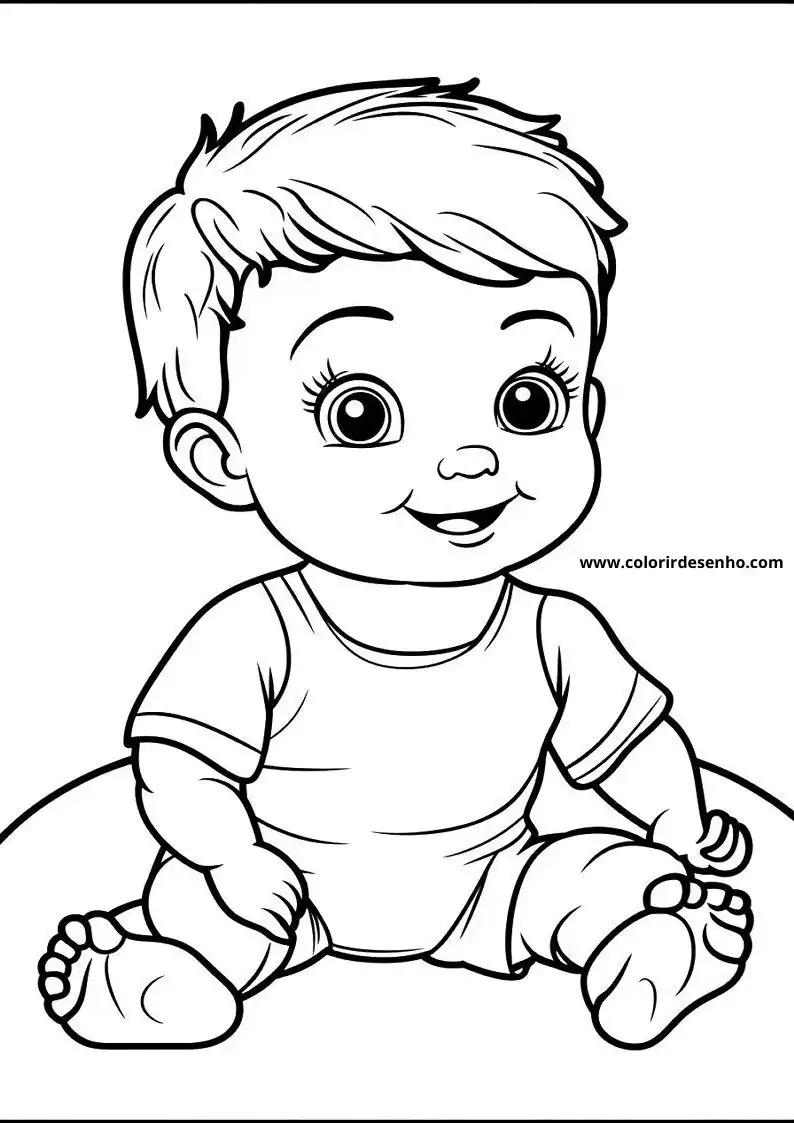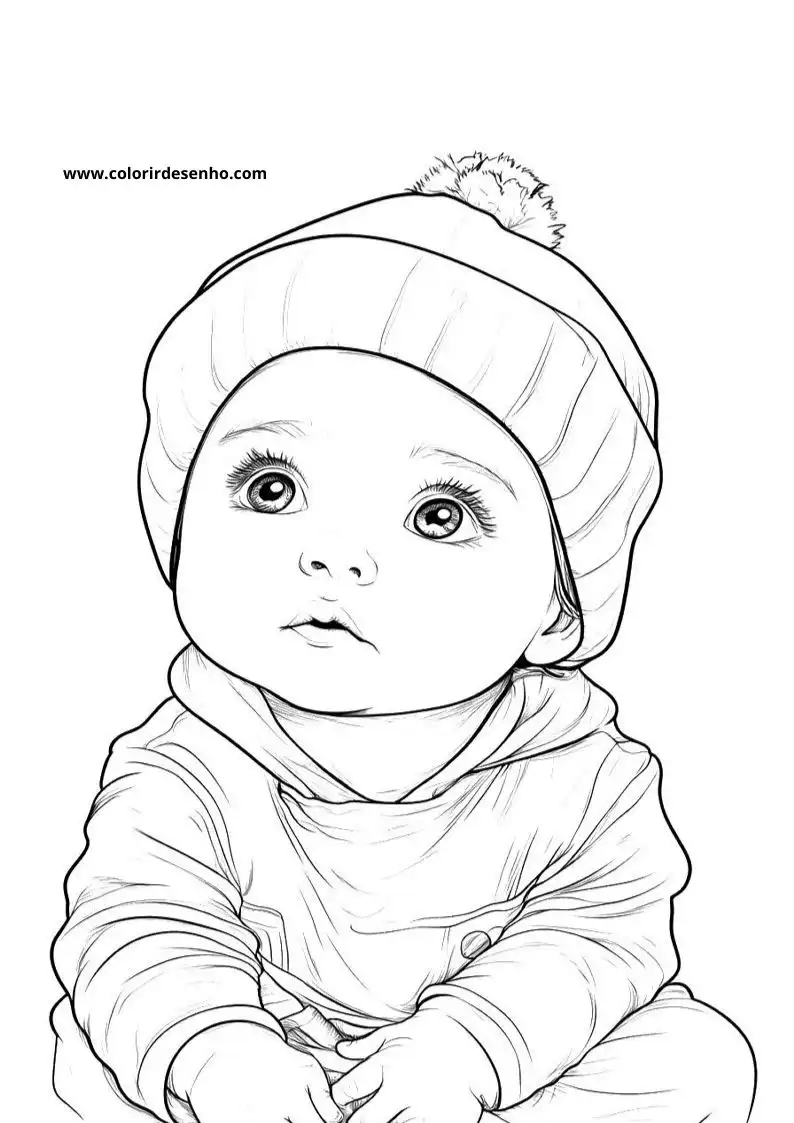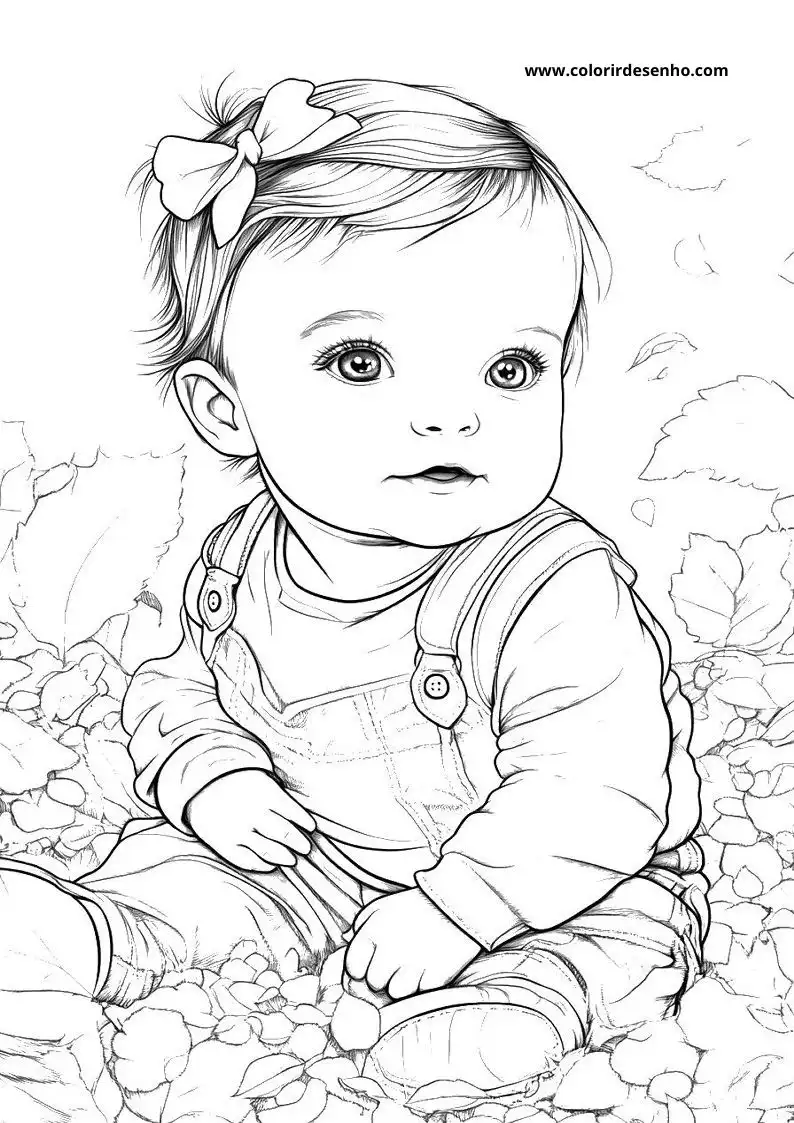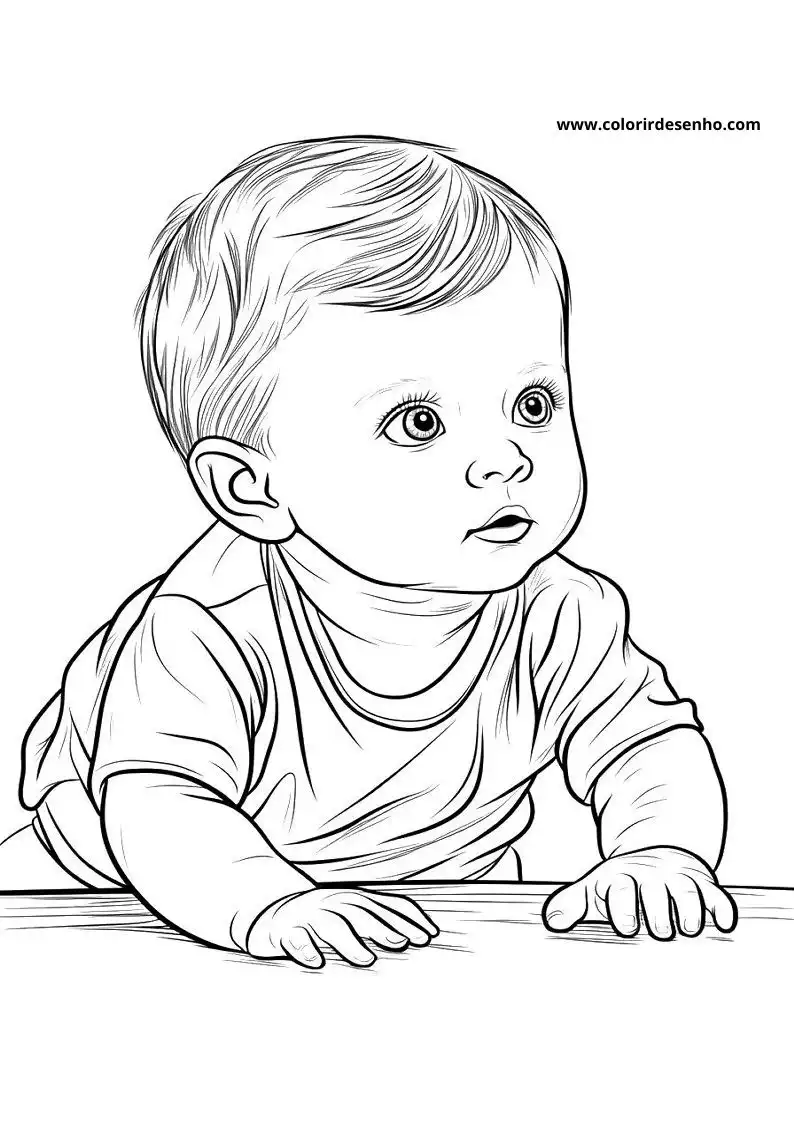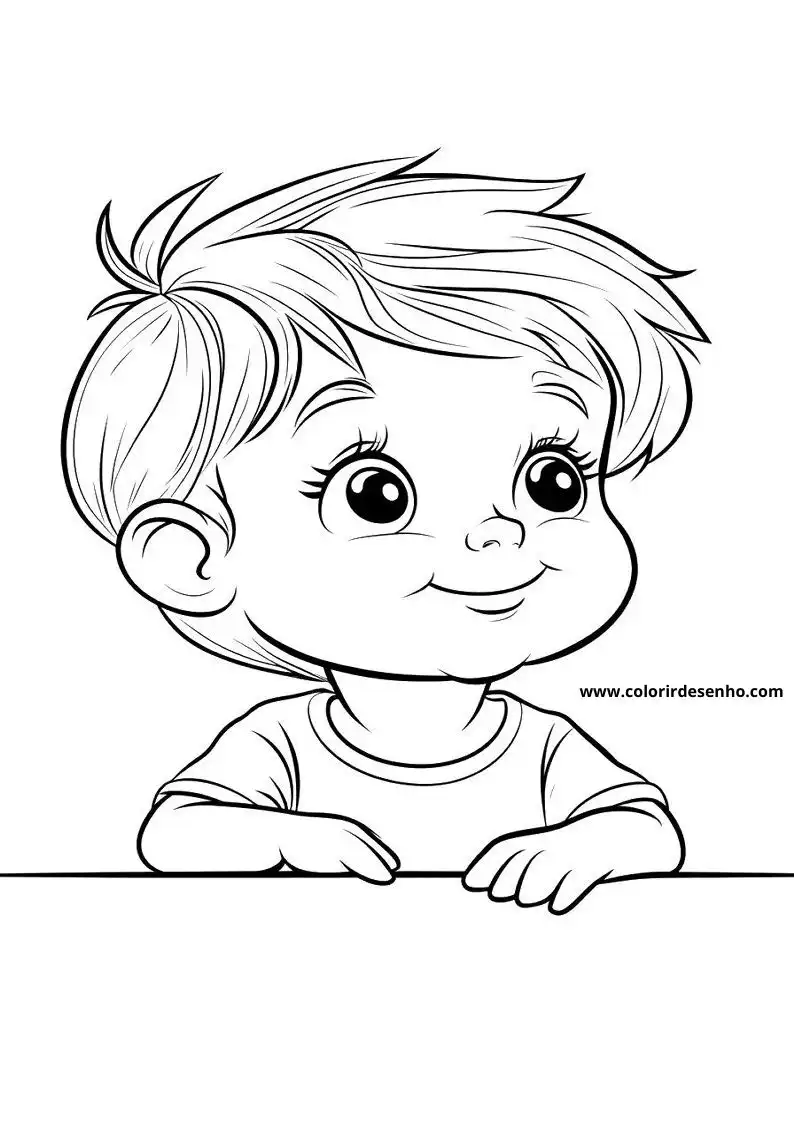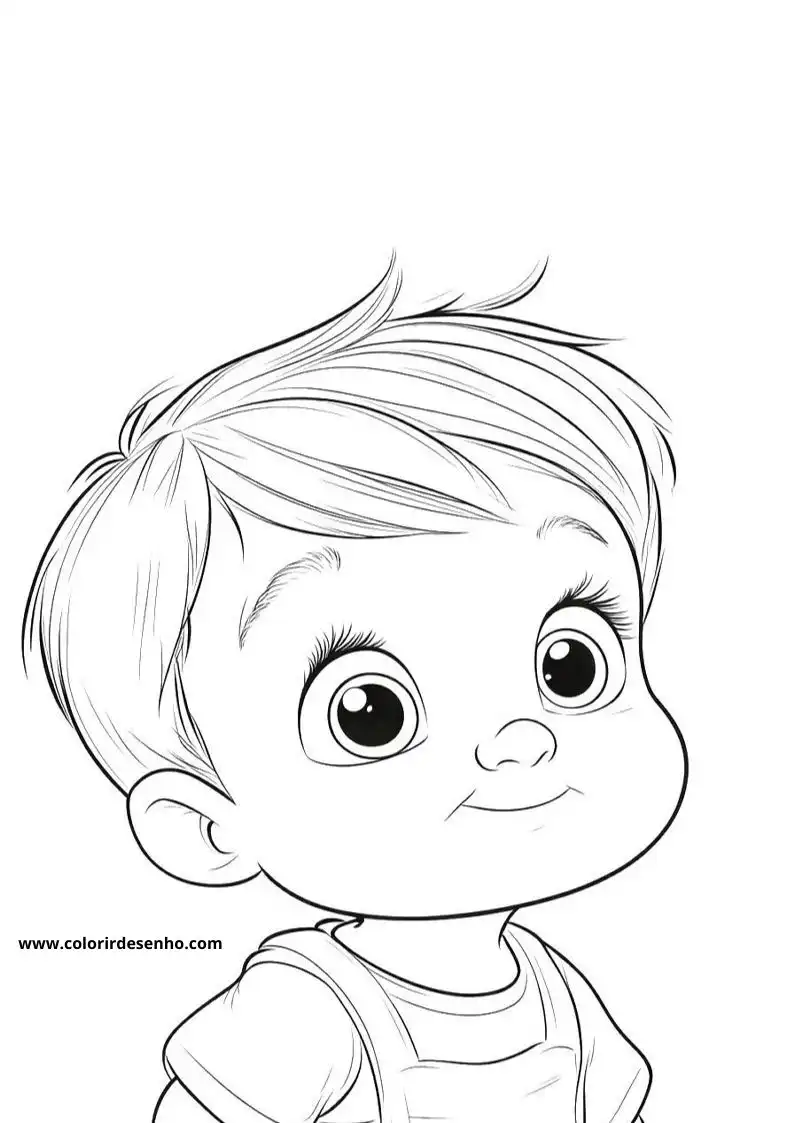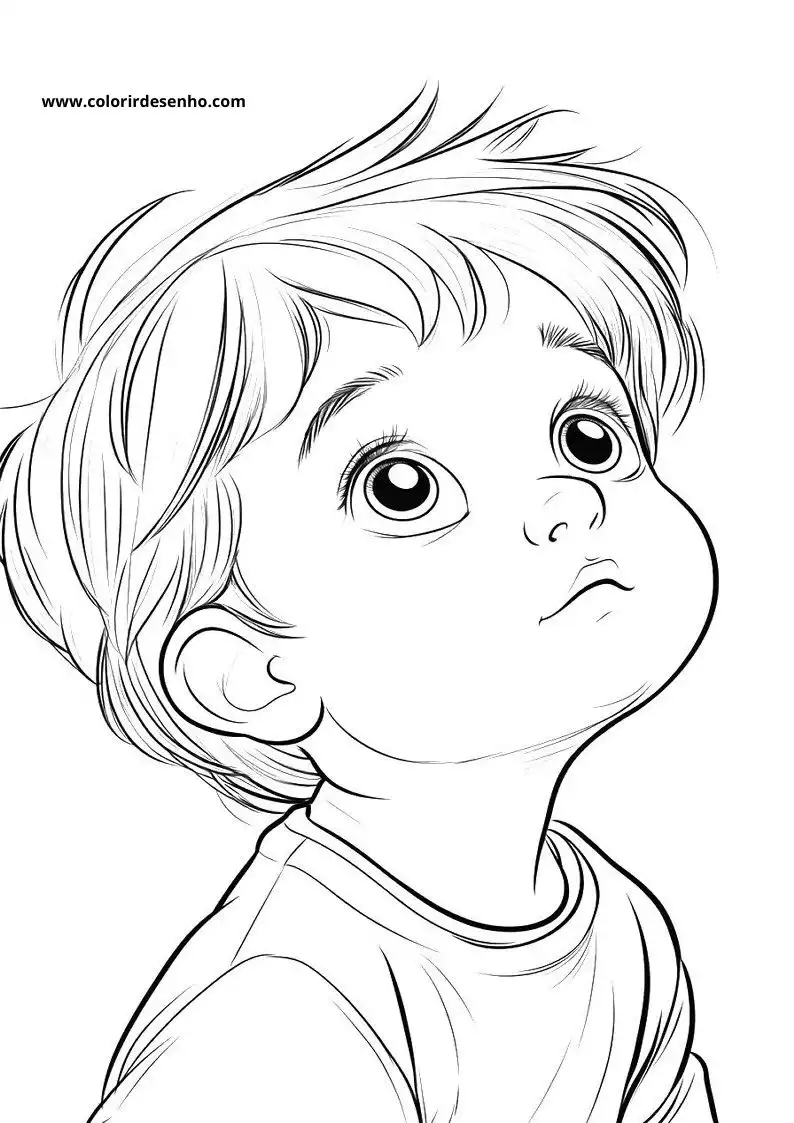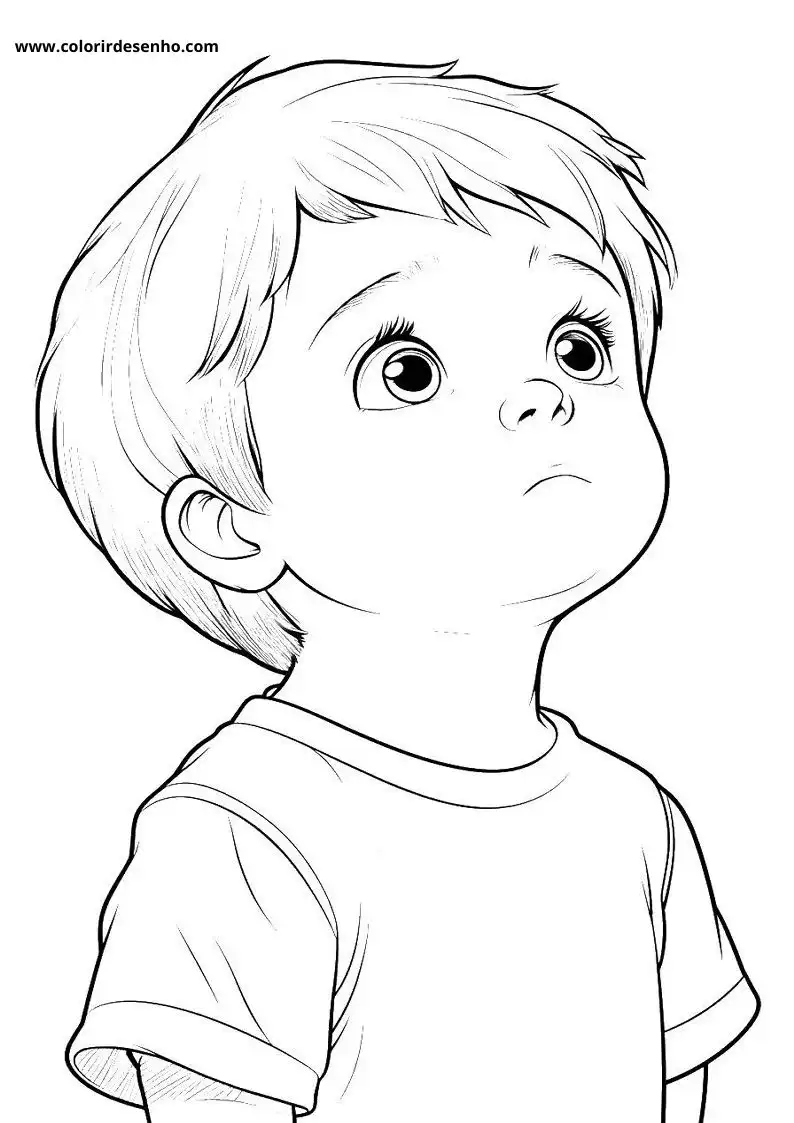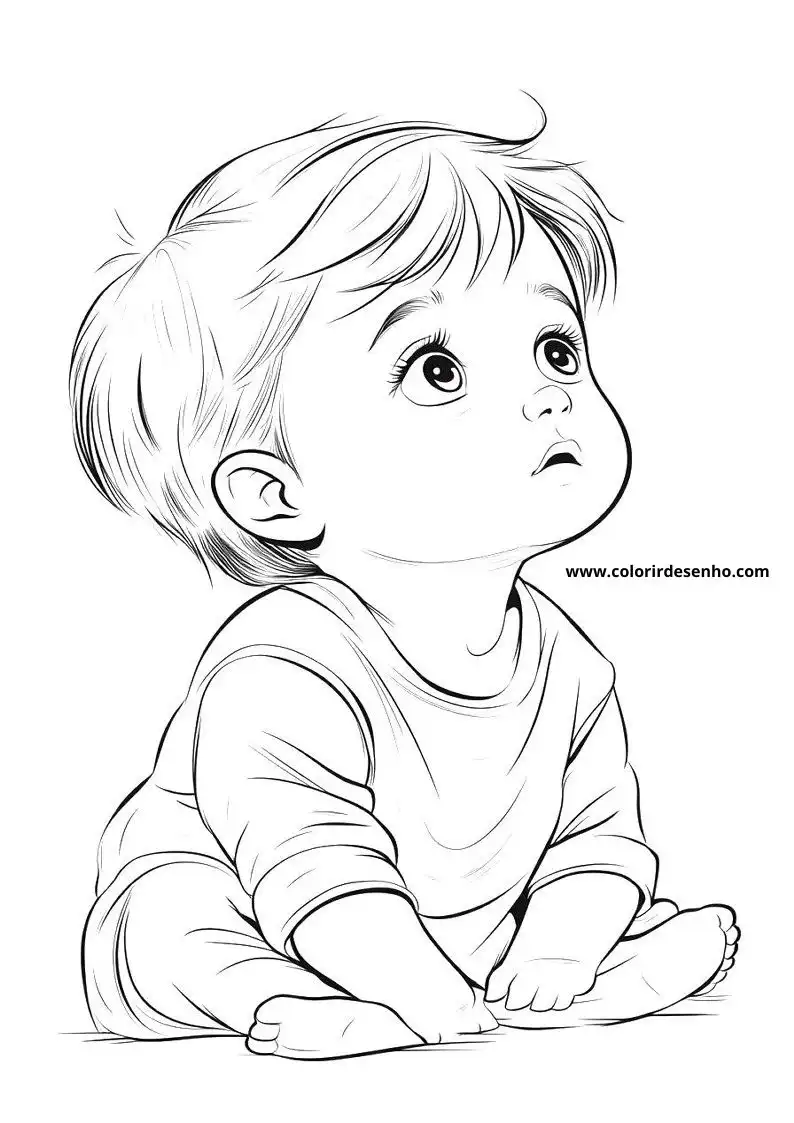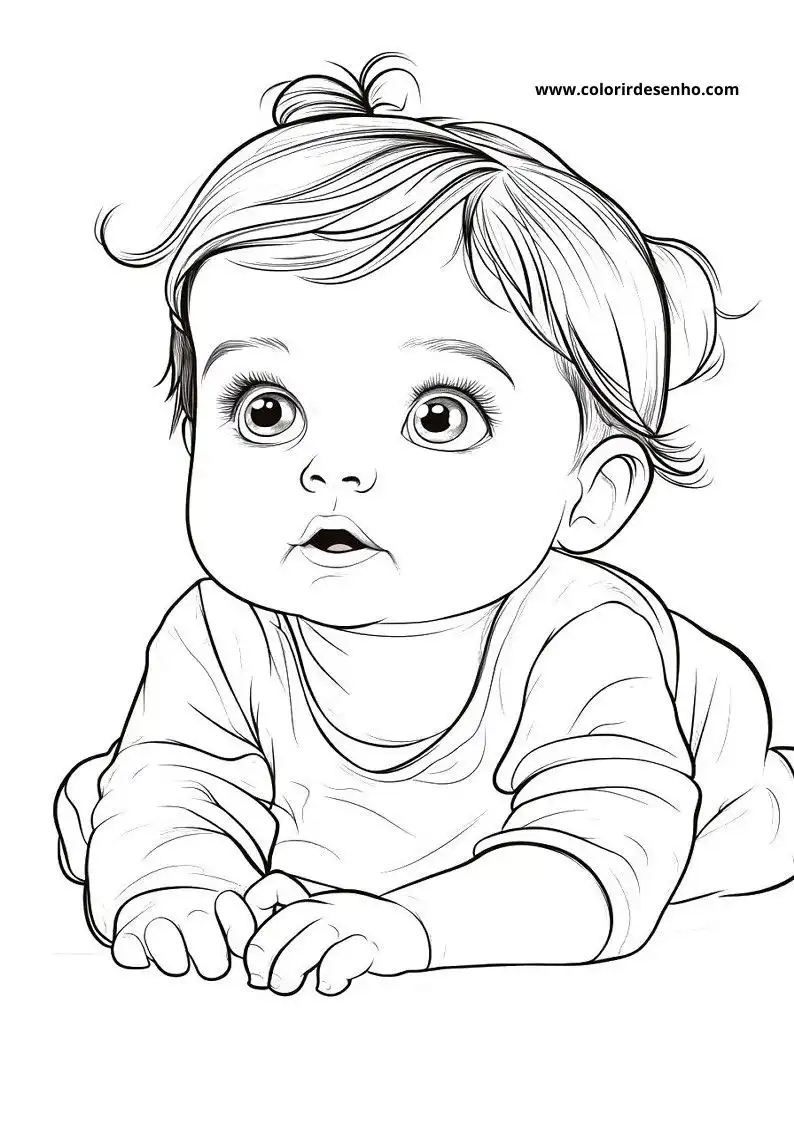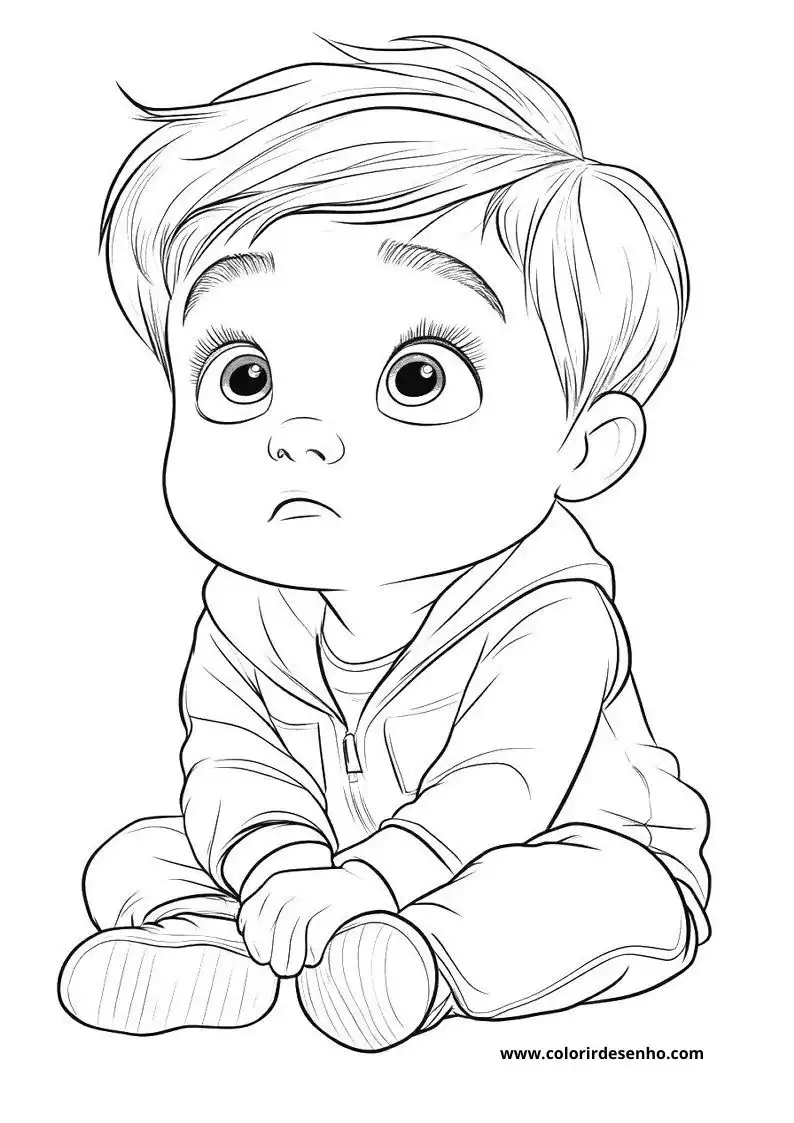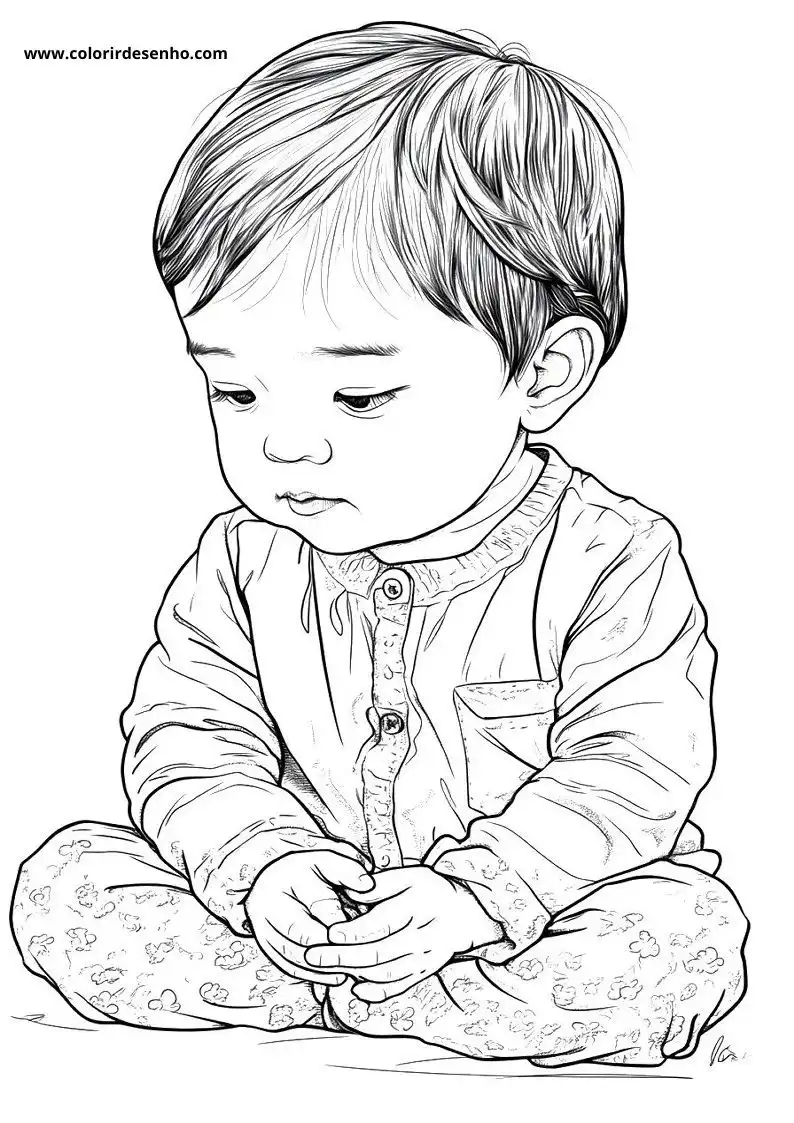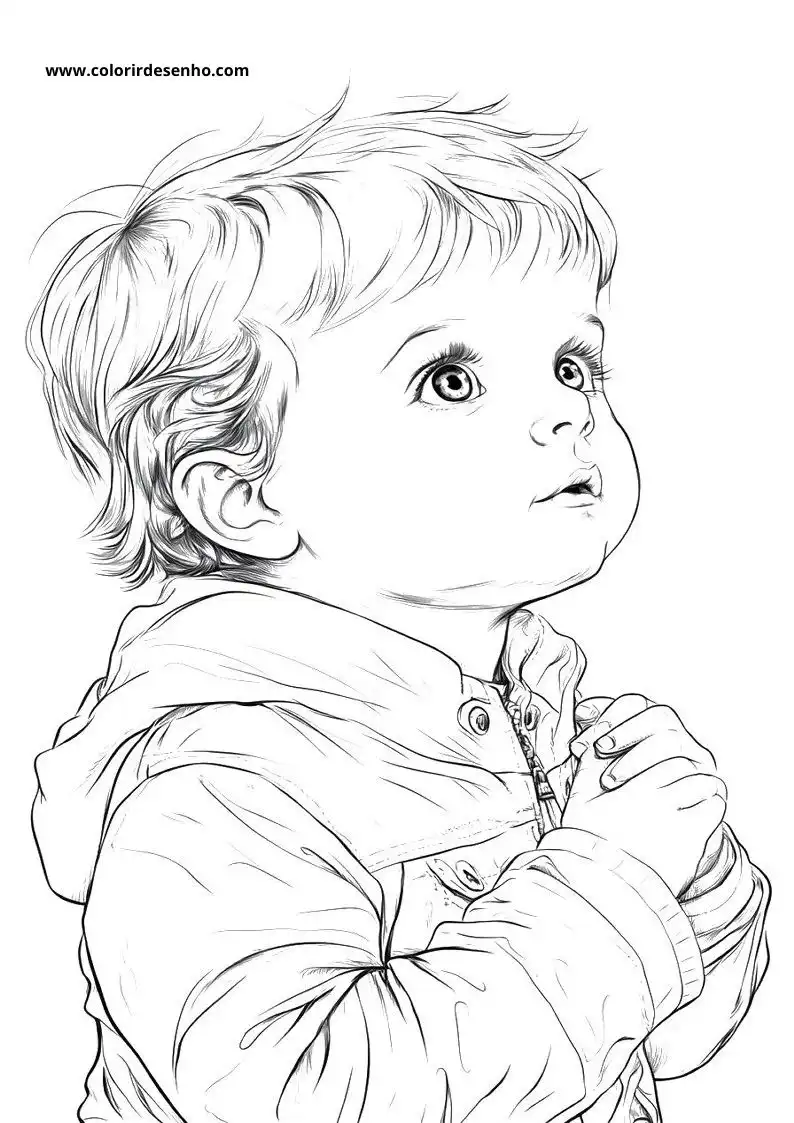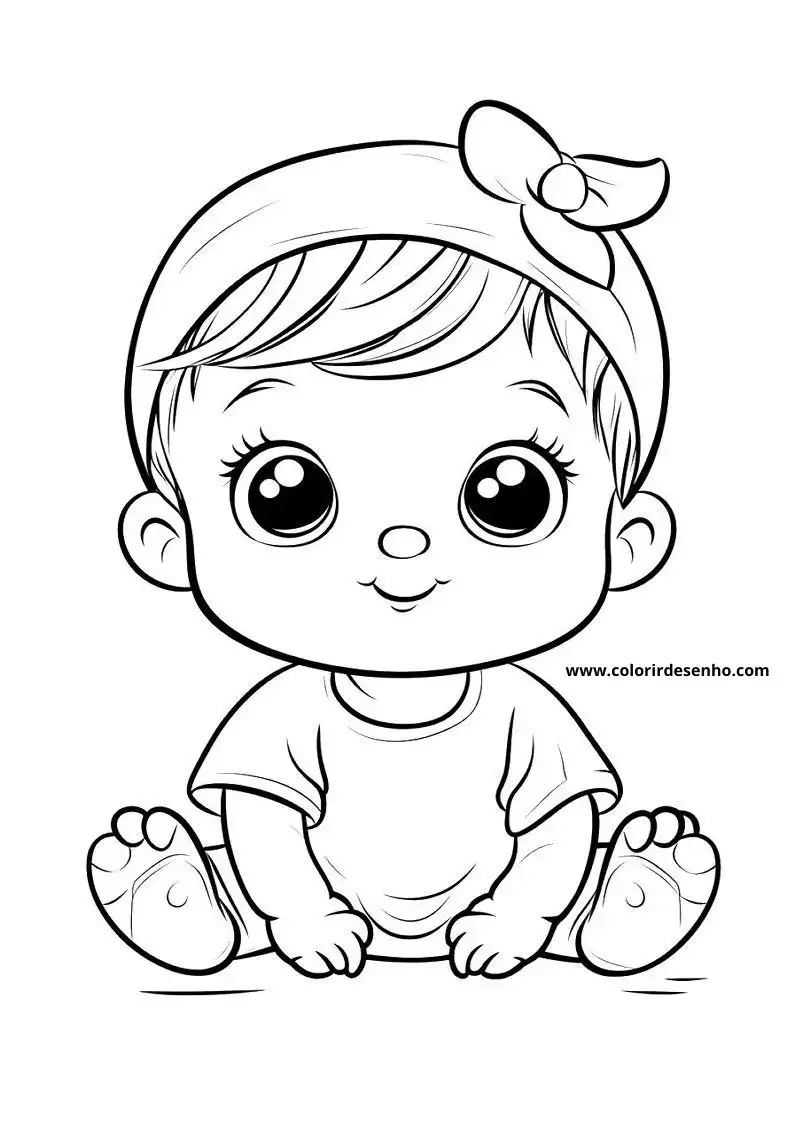Baby Coloring Pages - 245 Free PDF Printables
What could be sweeter and more charming than the delicacy of a baby? Thinking of transmitting all this tenderness to paper, I have lovingly prepared a collection of 245 baby coloring pages. Here you’ll find everything from babies sleeping peacefully to the smartest ones, crawling or playing with their favorite toys. It’s a light activity, full of affection, that pleases both little ones and adults who want to relax and have fun coloring scenes that are full of cuteness and love.
Babies have always been a symbol of innocence, new beginnings, and pure joy. Their delicate features, curious eyes, and tiny hands inspire feelings of love and protection in people of all ages. When you color baby-themed pages, you’re not just filling shapes with color you’re celebrating the miracle of life and the beauty of growth.
Did you know that babies start recognizing colors around the age of two months? At first, they are more attracted to high-contrast colors like black and white, but as they grow, bright and warm colors like red and yellow catch their attention. This makes baby-themed coloring pages a perfect way to explore soft pastels or vibrant hues, reflecting the gentle or lively moods of childhood.
Coloring baby illustrations can also evoke calm and tenderness, making it a wonderful stress-relief activity. Whether you’re coloring a baby sleeping peacefully or giggling in play, each image carries an emotional warmth that connects deeply with our caring side.
Beyond cuteness, babies represent hope for the future, reminding us of the endless possibilities ahead. This is why coloring baby pages can be both a relaxing and inspiring experience.
So, grab your pencils and let your imagination flow as you bring these sweet baby scenes to life. Each stroke is a celebration of love, innocence, and the joy that babies bring into the world.
